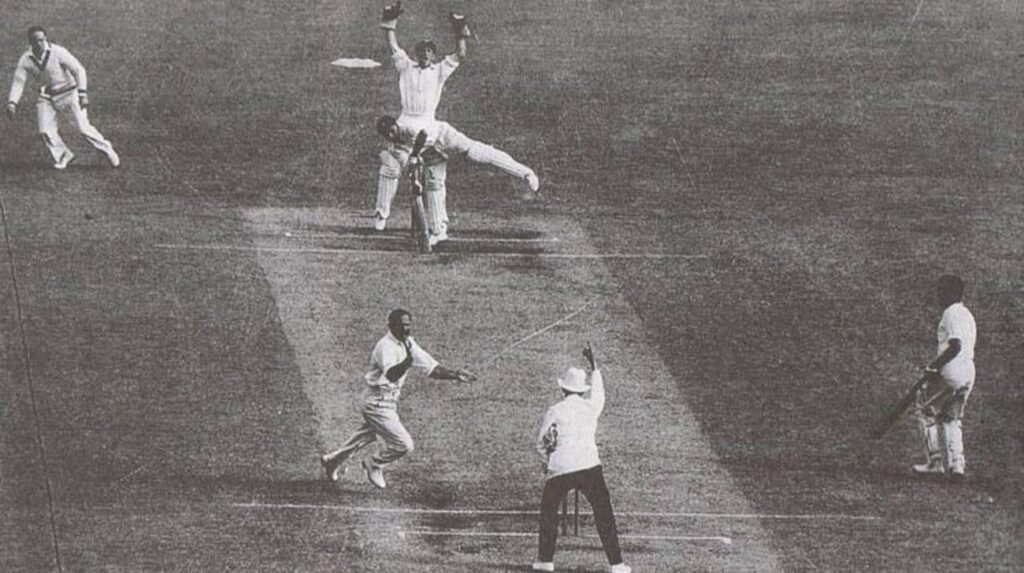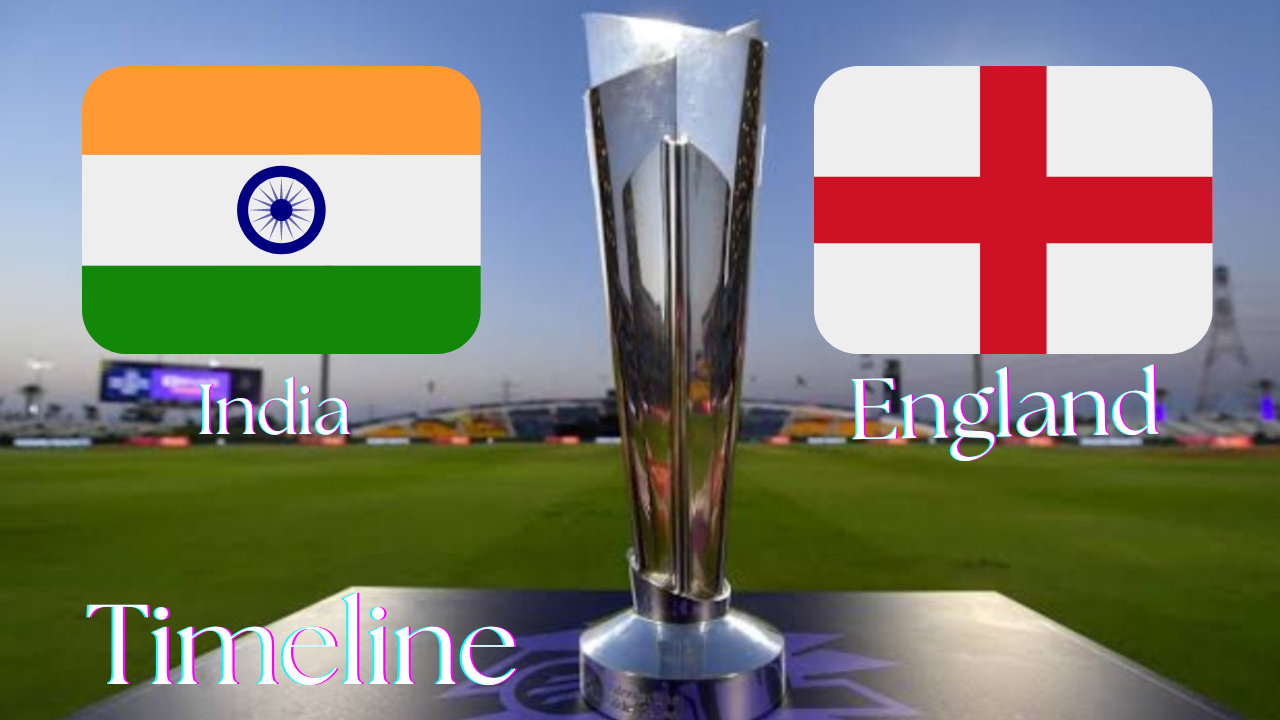Cricket, often hailed as a gentleman’s game, has witnessed numerous rivalries, but few are as iconic and storied as the one between India and England. This rivalry, which spans nearly a century, is not just a contest of skill but also a reflection of colonial history, national pride, and evolving cricketing styles. The India vs. England cricket saga is a compelling narrative of two nations with contrasting cricket cultures clashing on some of the world’s most hallowed grounds.
Early Encounters (1932–1950)
The seeds of this legendary rivalry were sown in 1932 when India, then under British colonial rule, played its first Test match against England at the iconic Lord’s Cricket Ground. It marked India’s debut in Test cricket and the beginning of an enduring rivalry. The Indian team, led by CK Nayudu, fought valiantly but succumbed to England’s seasoned professionals. Despite the loss, the match was a watershed moment for Indian cricket, signaling the nation’s entry into the world of international cricket.
Over the next two decades, India’s encounters with England were sporadic, with the teams playing a few series, mostly dominated by the English side. The pre-independence period was marked by India’s struggle to find its footing against the more established cricketing nations. England, with its well-oiled cricketing structure, easily outclassed the Indian team in these early encounters.
Post-Independence Era and the Rise of Indian Cricket (1950–1970)

After India gained independence in 1947, the cricketing rivalry between India and England took on a new dimension. Cricket, a colonial import, became a vehicle for expressing national pride and asserting the country’s identity on the global stage. The first post-independence series between India and England was held in 1952, and it saw India secure its first-ever Test victory against England at Chennai (then Madras), under the leadership of Vijay Hazare. This victory was not just a win on the field; it was symbolic of a newly independent nation making its mark.
The 1950s and 1960s saw India gradually improving its performance against England. With players like Vinoo Mankad, Polly Umrigar, and Mansoor Ali Khan Pataudi, India began competing more evenly with England. In 1961-62, India won a historic home series against England, which featured an all-round performance from Chandu Borde and consistent bowling from Subhash Gupte. This victory was followed by India’s first series win in England in 1971, under the captaincy of Ajit Wadekar. The triumph was orchestrated by spin wizard Bhagwat Chandrasekhar, who took six wickets for 38 runs in the Oval Test, sealing a momentous victory.
The Gavaskar and Botham Era (1970–1985)
The 1970s and early 1980s saw the rivalry intensify, with both teams fielding iconic players who would go on to shape the course of their respective cricketing histories. For India, Sunil Gavaskar emerged as one of the finest opening batsmen in the world. His technique and temperament made him a thorn in England’s side on multiple occasions. England, meanwhile, boasted all-rounder Ian Botham, who became a central figure in their clashes with India.
One of the most memorable series during this era was the 1981-82 series in India, which ended in a 1-0 victory for England. Ian Botham’s brilliance with both bat and ball was pivotal, as he single-handedly turned the tide in several matches. However, India struck back during their 1984 tour of England, winning the Test series 2-0. This series was marked by some sublime performances from Mohinder Amarnath and Dilip Vengsarkar, as well as Kapil Dev’s aggressive bowling and batting, which overshadowed England’s efforts.
The 1990s: The Tendulkar Era and England’s Decline
The 1990s heralded a period of transformation in cricket, both in India and globally. The rivalry saw the emergence of a young Sachin Tendulkar, who would go on to become one of the greatest batsmen of all time. His maiden century in England in 1990 at Old Trafford, at the age of just 17, signaled the arrival of a prodigious talent. Tendulkar’s battles with English bowlers like Angus Fraser and Darren Gough became highlights of the India-England encounters in this decade.
England, on the other hand, struggled through the 1990s, going through a phase of rebuilding. They were outplayed by an Indian team that had not only Tendulkar but also other future legends like Anil Kumble and Sourav Ganguly. The 1996 series in England, which India lost 1-0, saw the debuts of two key Indian players: Rahul Dravid and Sourav Ganguly. Their arrival added depth to the Indian batting line-up, setting the stage for a more balanced and competitive team in the years to come.
The 2000s: A Period of Equal Footing
The turn of the millennium saw the India-England rivalry reach a new level of competitiveness. With both teams now boasting world-class players and capable leaders, the series became closely contested affairs. One of the most notable series during this period was India’s tour of England in 2002. Under the captaincy of Sourav Ganguly, India managed to draw the series 1-1. Rahul Dravid, fondly known as “The Wall,” scored 602 runs in the series, including three centuries, while Anil Kumble’s spin continued to trouble the English batsmen.
In 2005-06, England toured India for a three-match Test series that ended in a 1-1 draw. England’s success in the first Test at Nagpur was overshadowed by India’s strong comeback in the third Test at Mumbai, where Munaf Patel and Anil Kumble’s bowling helped India to a comprehensive victory.
The most memorable encounter between the two sides in the 2000s, however, was the 2007 series in England. India, led by Rahul Dravid, won a historic series 1-0, thanks to standout performances from Zaheer Khan and the batting exploits of Tendulkar, Dravid, and Ganguly. Zaheer’s mastery with the swinging ball was pivotal, as he dismantled the English batting line-up in several crucial spells.
2010–2020: Dominance, Drama, and New Faces
The 2010s saw the India-England rivalry become more intense, with both teams achieving successes at home and away. India’s tour of England in 2011 ended in a 4-0 whitewash, with England’s fast bowlers, led by James Anderson and Stuart Broad, dismantling the Indian batting. This series marked a turning point, exposing India’s weakness against the swinging ball.
However, India struck back in the 2012-13 series at home. Led by the spin duo of Ravichandran Ashwin and Pragyan Ojha, India clinched a 2-1 series victory, marking their first Test series win against England since 2008. The series was also notable for Cheteshwar Pujara’s rise as a reliable No. 3 batsman, filling the void left by the retirement of stalwarts like Dravid and Laxman.
The most dramatic series of the decade came in 2014 when India toured England. After a promising start and a victory at Lord’s, India’s performance nosedived, and they lost the series 3-1. The series saw Virat Kohli’s struggle against England’s pace attack, with James Anderson getting the better of him multiple times. Kohli, however, redeemed himself in the 2018 series, scoring 593 runs in five Tests, although India ended up losing the series 4-1 due to England’s superior all-round performance.
The Modern Era: Virat Kohli vs. Joe Root (2020–Present)
The rivalry has continued into the 2020s, with new leaders and emerging talents taking center stage. Virat Kohli, as India’s captain, and Joe Root, leading England, have defined the latest chapter of this rivalry. The teams faced off in 2021 in a fascinating four-Test series in India, where the hosts won 3-1. This series saw the emergence of Axar Patel as a potent force in Indian conditions, while Rishabh Pant’s fearless batting drew comparisons to some of the greatest wicketkeeper-batsmen in history.
The subsequent 2021-22 series in England, interrupted by the COVID-19 pandemic, ended with a thrilling conclusion in 2022, as India took a 2-1 lead before the fifth Test at Edgbaston was postponed. When the final Test was played a year later, England, under the new leadership of Ben Stokes and coach Brendon McCullum, chased down a record target of 378 runs to level the series 2-2. This series highlighted the resurgence of English Test cricket under their “Bazball” approach, characterized by aggressive batting and proactive tactics.
Conclusion: A Rivalry for the Ages
The India vs. England cricket rivalry is not just a contest between bat and ball but a saga of evolving cricket philosophies, historical legacies, and national pride. From the days of CK Nayudu and Douglas Jardine to the modern battles between Virat Kohli and Joe Root, the rivalry has witnessed monumental performances, iconic matches, and unforgettable moments.
As both nations continue to produce world-class talents, the future of this rivalry promises even more thrilling encounters. With England’s aggressive style clashing against India’s blend of traditional and contemporary cricket


3 thoughts on “India vs. England Cricket Timeline: A Riveting Rivalry Through the Ages”